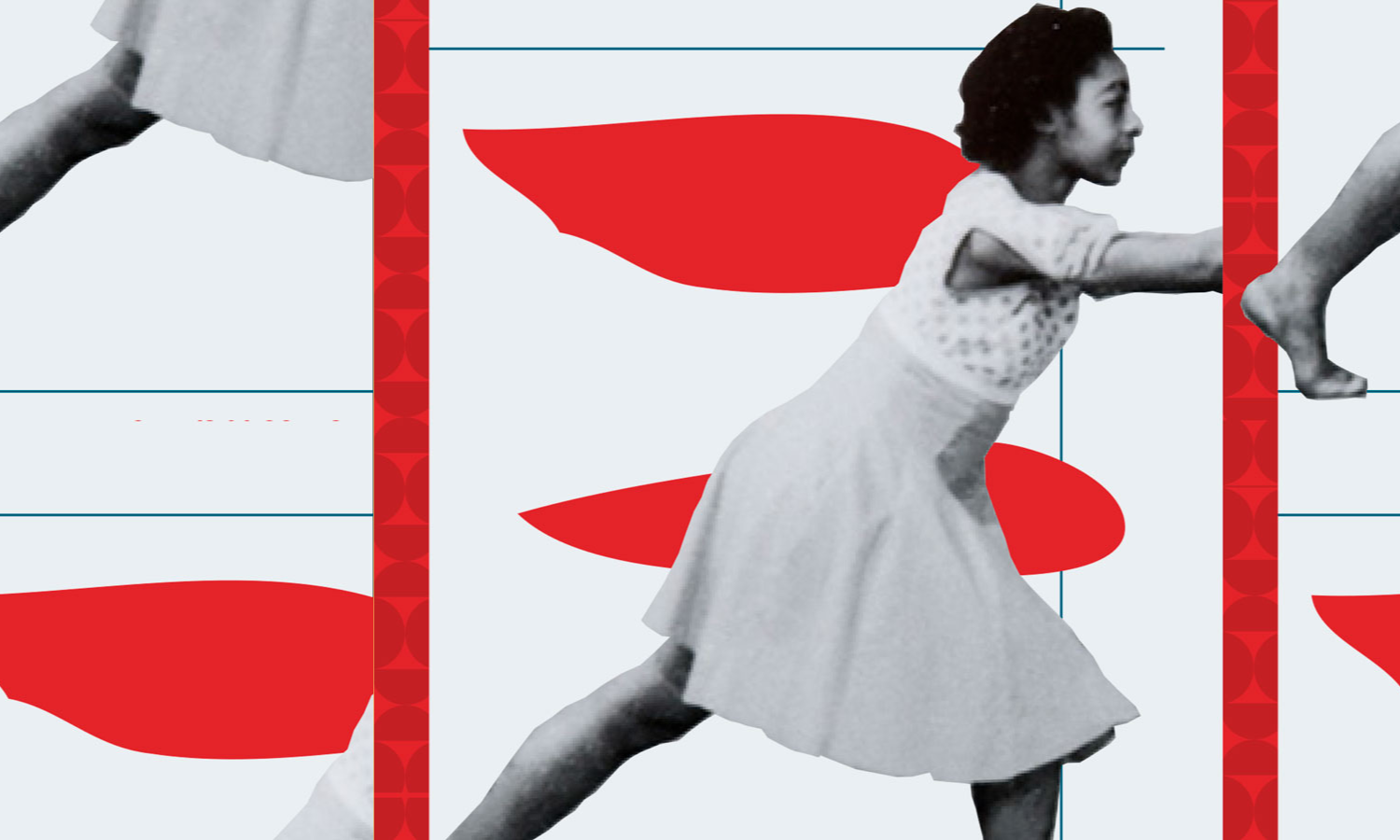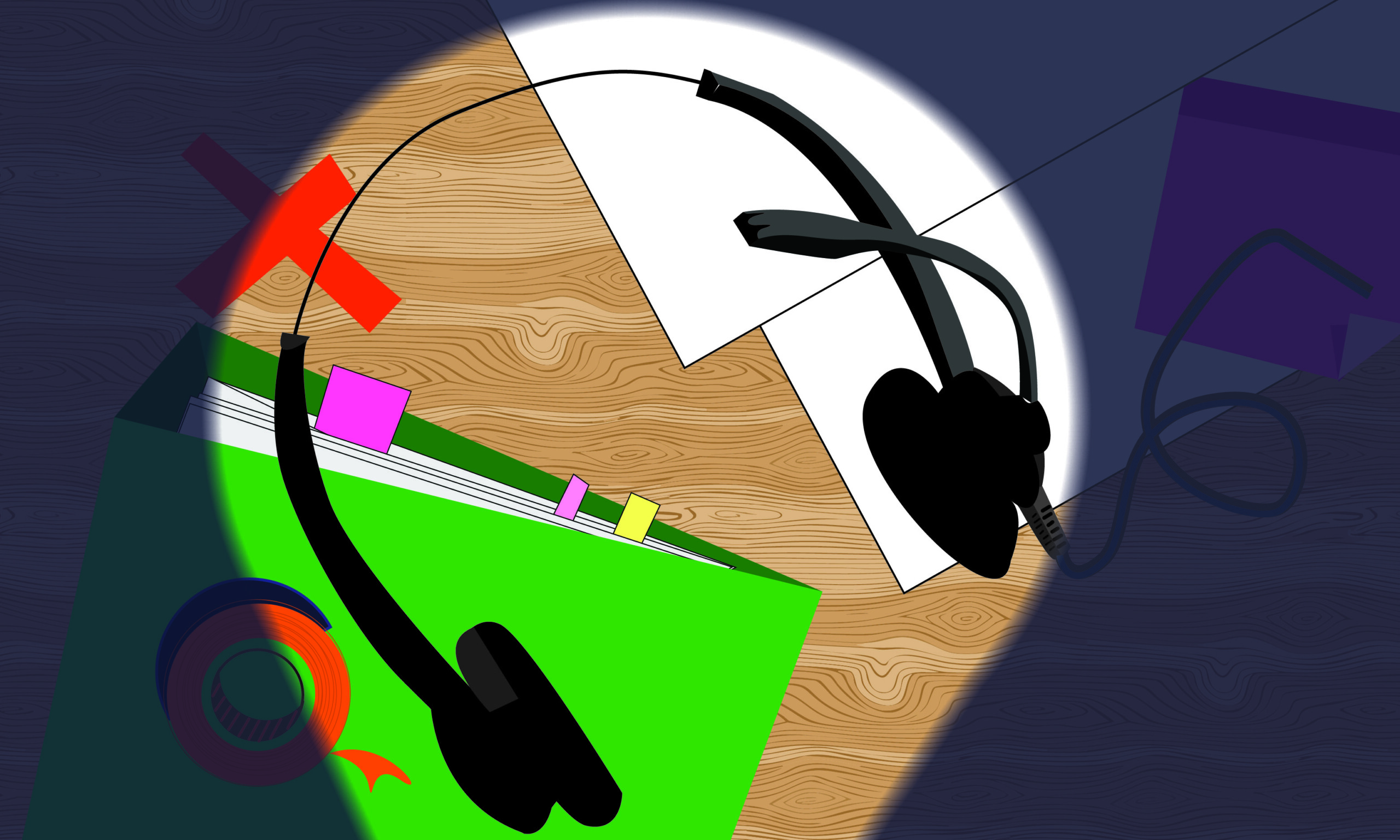Games of Seeing
This blog entry comes from a series coming directly from Cornish Design writing about how they teach within their field, what’s different about Cornish Design, and more.
Game Art at Cornish
by Terry Schenold, Instructor, Game Art
Most of the time we associate video games with action. When someone recommends a game to us we’re likely to first ask what it’s about, and then ask: What can I do in this videogame?
Yet video games are not only about recontextualizing the pleasures we take in doing, in getting virtual things done and appreciating the triumph of intended consequences as they unfold in gameworlds. While it is natural to consider what our favorite games enable us to do, we should also ask what they enable us to see.
In adjusting to the pandemic and its consequences we’ve all been inundated with new protocols for action, a lot of digital busywork, and, at least for me, the distributed anxiety has had a way pushing me deeper into the comforting arms of small routines. Video games, of course, but with a difference. I’ve found myself replaying and reflecting on games that speak to the “video” in video games by design, making the acts of seeing—of witnessing, observing, noticing, gazing—central to gameplay and its meaning-making by design.

Here the goose disrupts the work routines of a local restaurant.
As just one example, in the recent meme-generating Untitled Goose Game, we get to perceive the workaday routines of a human world through the perspective of the mischievous goose we control. Throughout the game we comically disrupt things as they are, but the given objectives that constitute this doing are not as interesting as what we are invited to see before and after the acts, and the musing that follows from watching the “rational” routines of a toy world all too similar to ours subjected to playful subversion. We laugh as we play it, but we are also positioned to perceive a difference—that we mostly live in a play-less social world without much whimsy. When I explore this game I feel re-sensitized to the everyday as a playground, that much closer to seeing a parking ticket as a potential paper airplane rather than an item haunting my to-do list.
I’m looking forward to the next semester in which we’ll get to continue our study and making of game art that prompts “untitled” perceptions of the everyday and the fantastical alike, enabling new games of seeing.
Dr. Terry Schenold teaches game narrative, concepting, and criticism for Cornish Design. A founding member of UW’s Critical Gaming Project, his current writing focuses on the aesthetics of slowness and the poetics of reflection in digital games.



